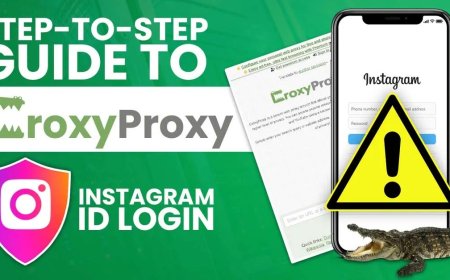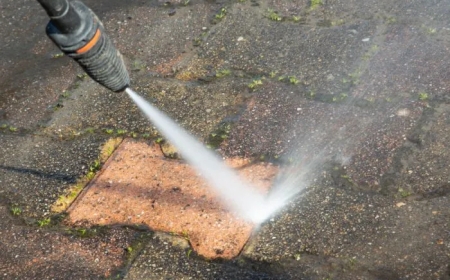AR Follow Up Process: The Unsung Hero of Medical Billing
Understand the AR follow up process in medical billing and how it helps healthcare providers reduce denials, improve collections, and maintain healthy cash flow.

When it comes to running a successful medical practice, delivering quality care is only half the battle. The other half? Making sure you actually get paid for that care. Thats where the AR follow up process steps ina behind-the-scenes but absolutely vital part of the healthcare revenue cycle that can make or break your bottom line.
Think of it this way: every time a claim is sent to an insurance company, it enters a waiting game. And unless someone follows up, that claim might just sit thereunpaid, ignored, or even denied. AR follow up is all about making sure that doesnt happen.
So, What Is AR Follow Up, Really?
AR stands for Accounts Receivablein other words, the money youre owed for services already provided. The AR follow up process is how healthcare providers track down that money, especially when payments are delayed or denied.
Its not just about making phone calls or sending reminders. Its a detailed, methodical process that involves reviewing claims, spotting errors, understanding why a payment hasnt come through, and taking the right steps to fix it.
In short: AR follow up is what helps you get paid faster, more accurately, and more consistently.
Why the AR Follow Up Process Matters
Lets be honestbilling in healthcare is complicated. Payers have their own rules. Patients have deductibles, co-pays, and changing insurance plans. Even a small clerical error can lead to a denied claim.
If theres no proper follow-up in place, these claims fall through the cracks. Thats not just frustratingits costly. The longer a claim goes unpaid, the less likely you are to collect it. After a certain point, many practices simply write off the balance.
But with a structured AR follow up system, heres what can happen instead:
-
Claims are reviewed and corrected quickly
-
Payments are collected faster
-
Denials are appealed instead of ignored
-
Your staff spends less time chasing information and more time on high-value tasks
-
Cash flow improvesand stress levels drop
What a Good AR Follow Up Process Looks Like
An effective AR follow up strategy typically includes:
-
Prioritizing claims based on aging and value. Claims that are 60 or 90 days old get attention first, especially if theyre worth more.
-
Reviewing each claim carefully to understand why it hasnt been paid. Was there a coding error? A missing authorization? An eligibility issue?
-
Contacting payers to get answers and take corrective action. This could mean resubmitting the claim, providing documentation, or even filing an appeal.
-
Following up with patients, if needed, for any remaining balances like co-pays or deductibles.
-
Documenting everything, so your team has a clear picture of whats been done and what needs attention next.
How Technology HelpsBut Doesn't Replace People
These days, billing software can help automate parts of the AR process. For example, it might flag overdue claims or auto-generate follow-up tasks. Thats incredibly helpful, especially for high-volume practices.
But technology isnt a substitute for skilled professionals. You still need trained AR specialists who understand payer behavior, know how to speak their language, and can escalate issues when needed. Its the combination of smart tools and sharp people that gets results.
Final Thoughts: AR Isnt Just About the Money
Yes, the AR follow up process is about getting paidbut its also about sustainability and service. When your revenue flow is stable, your practice is in a better position to grow, invest in new technology, and serve more patients.
Its not glamorous work, but its essential. And when its done well, it becomes invisiblebecause everything just works. Claims get paid. Cash flow stays steady. And you can focus on what matters most: patient care.



































